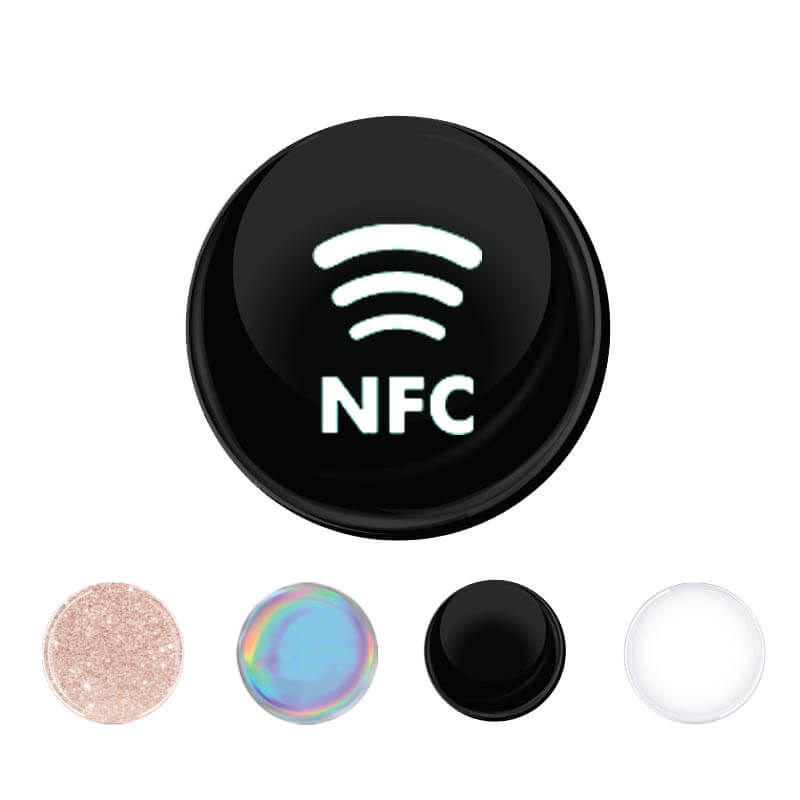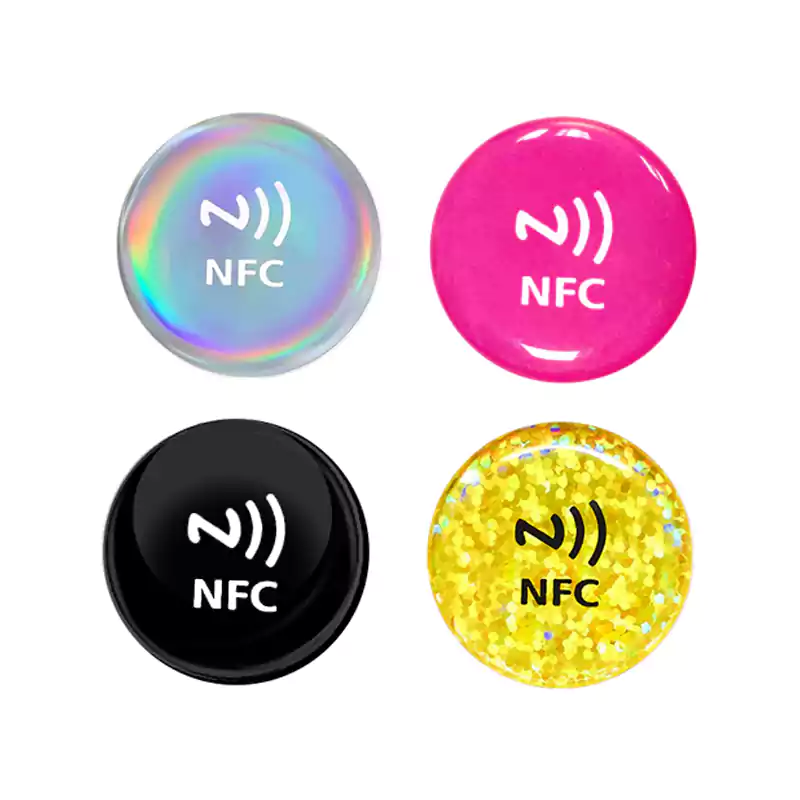Smart card technology has been steadily emerging as an efficient and cost-effective way for organizations of all sizes to store data securely. In this guide, we will explore what smart cards are, how they work, and why these tools can be beneficial for your business or organization. With its vast array of options and features that continue to improve over time – such as encryption capabilities and biometrics – smart cards offer a high level of scalability so you can customize the perfect solution to suit your requirements without sacrificing performance or security.
What is a smart card?
Smart cards offer a wide variety of features and capabilities unparalleled by traditional cards. With smart card technology, authentication is made secure with the usage of PIN codes or even biometrics, and the data stored within is kept safe through powerful encryption techniques.
Smart cards provide users with an unparalleled level of security and convenience, allowing them to access services such as electronic banking and payment services with ease. As smart card technology continues to evolve over time, it will be exciting to see what type of new capabilities will become available for both consumers and businesses.
How does a smart card work
Smart cards use embedded integrated circuits to store personal information and data. They are secured with authentication technology like encryption, biometrics, and passwords which protect them against unauthorized access.
The smart card’s components include a microprocessor, a memory chip to store information, an antenna for communication with the reader, and optional features such as display screens or keypads. When inserted into a card reader, the smart card allows for secure transactions using its stored data or by enabling access to further functions like online banking or building entry.
Smart cards contain vast amounts of personal data, so it’s imperative to ensure secure transactions. To do this, the card reader first pulls information from the card before verifying it against a stored database in order to authenticate its validity.
Once approved and confirmed as accurate, depending on what service has been requested – payments or authentication- can commence with confidence that all is safe and sound. Specializing in smart card security: we make sure your private details are kept just that – yours!
Types of smart cards
Types of smart cards such as Contact Smart Cards, Contactless Smart Card, Dual-interface cards, Memory-based smart cards, Microprocessor-based smart cards, and Hybrid smart card offer convenient methods of making payments.
- Contact Smart Cards are the perfect choice for anyone who needs a reliable, secure and easy-to-use card solution. With electrical contacts firmly embedded in a gold-plated coating, Contact Smart Cards provide the most comprehensive connection to optimal card readers, ensuring secure data transfer between reader and card. Contact Smart Cards are an essential tool for improving security, accessibility, and convenience – no matter the purpose.
- Contactless Smart Card technology is quickly revolutionizing the way we make payments and secure our data. Contactless Smart Cards allow for simple, fast access to services with a wave of a card or phone. Contactless cards utilize an antenna to communicate with a reader using radio frequency bands and are powered through electromagnetic signals from the reader, making them more secure and efficient than ever before. Contactless Smart Cards provide enhanced security features due to their contact-free usage as well as increased convenience is given that they can be used without physically touching the reader at all. This type of card is quickly being utilized by consumers, businesses, and governments alike in an effort to increase efficiency and securely store sensitive information. Contactless Smart Cards bring speed and convenience as well as heightened security, making them an impressive innovation in the world of smart cards.
- Dual-interface cards are a true specialty in the world of smart cards. By combining two separate technologies into one card, they provide an extra layer of security while also providing users with flexibility when it comes to accessing the chip. The powerful combination of contactless familiarity and contact assurance helps make dual-interface cards one of the most secure options on the market today, making them a viable choice for many businesses seeking top-tier security.
- Microprocessor-based smart cards are an exciting and advanced form of smart card technology. This type of smart card has a microprocessor embedded in the chip, along with memory blocks and specific sections for functions. Microprocessor-based smart cards give users the ability to process data and manipulations, giving them the potential to perform multiple functions at once. Additionally, through their powerful capabilities, these cards can be used for secure transactions such as banking or ticket vending to name a few. Microprocessor-based smart cards really stand apart thanks to their flexibility and power – they are sure to revolutionize how many tasks are completed in the future!
- Microprocessor-based smart cards are an exciting and advanced form of smart card technology. This type of smart card has a microprocessor embedded in the chip, along with memory blocks and specific sections for functions. Microprocessor-based smart cards give users the ability to process data and manipulations, giving them the potential to perform multiple functions at once. Additionally, through their powerful capabilities, these cards can be used for secure transactions such as banking or ticket vending to name a few. Microprocessor-based smart cards really stand apart thanks to their flexibility and power – they are sure to revolutionize how many tasks are completed in the future!
- Hybrid smart cards are having an increasingly important role in the world of security and authentication thanks to their versatile capabilities. Hybrid smart card technology combines both a memory chip and microprocessor into one unit, providing users with a seamless approach to authentication that is incredibly secure. Hybrid smart cards also allow for two different chips to be used on a single card – with one being used for physical access control and the other for sign-in authentication. Hybrid smart cards are revolutionizing the way security is managed and adding an extra layer of protection that makes unauthorized access extremely difficult.
Application Of smart card
Smart Cards have become a specialty in the fields of Telecommunications, E-commerce, Banking applications, and Government services. They are also widely used for Information Technology solutions, Transportation systems as well as Educational Institutes, and Computer/Network Security needs. Smart Card is widely used in the following fields:
- Telecommunications
- E-commerce
- Banking applications
- Government applications
- Information Technology.
- Transportation.
- Educational Institutes.
- Computer and Network Security
Advantages of Smart Card
Smart cards have become increasingly popular in today’s world, as they provide many advantages that other forms of payment methods simply cannot. Smart cards not only give you the highest level of security and privacy compared to other financial tools but can also save you time by allowing for seamless payments anytime, anywhere. Additionally, smart cards are easy and convenient to use and provide more flexibility compared to other options.
With smart cards, you can also enjoy higher memory capacity than found in most memory cards, along with 24/7 support from various applications. Furthermore, smart card technology can protect users from fraud by verifying identities for any type of transaction. They are also small and light-weighted, making smart card transactions even easier! All additional advantages make smart cards a great choice for those seeking reliability and convenience.
Disadvantages of Smart Card
Smart cards are becoming increasingly popular as quick and efficient tools that help manage our lives. However, smart cards also have their disadvantages. For instance, smart cards can be easily lost or stolen, leading to serious issues, and some applications may provide a lack of support for the user.
Other drawbacks to smart cards include the enterprise fees applied to them, the dependency on electricity, and potential costliness comparable to credit cards. Nevertheless, smart cards still have many advantages that make them potentially worthy investments for those wanting to cut down time and effort during everyday tasks!











